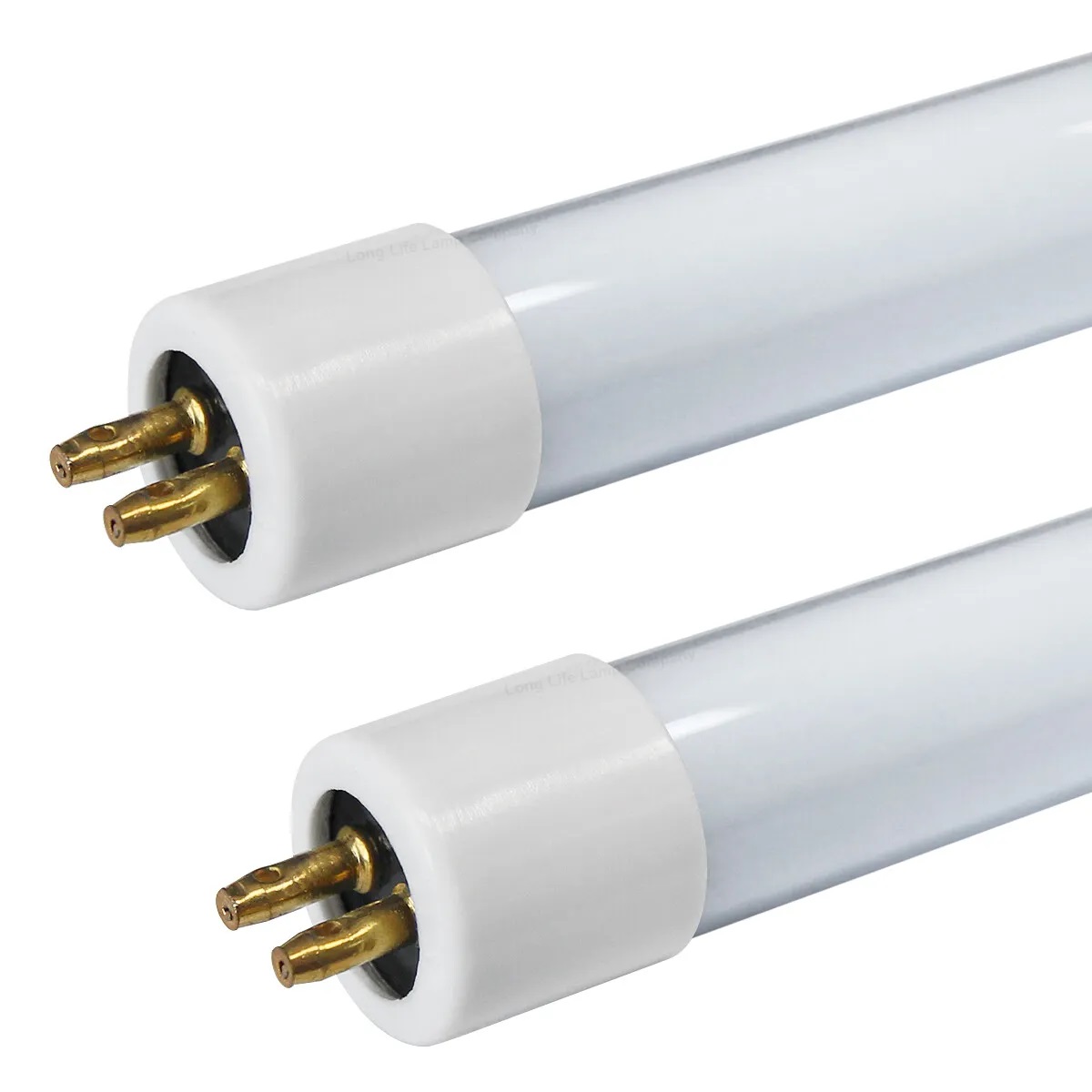

Articles
What Lengths Do Fluorescent Tubes Come In
Modified: May 6, 2024
Discover the various lengths of fluorescent tubes in this informative article. Learn about the different options available for your lighting needs.
(Many of the links in this article redirect to a specific reviewed product. Your purchase of these products through affiliate links helps to generate commission for Storables.com, at no extra cost. Learn more)
Introduction
Fluorescent tubes are a popular lighting option used in various environments, from commercial spaces to residential settings. They provide bright and efficient lighting, making them a preferred choice for many. However, when it comes to fluorescent tubes, there are different lengths available to suit different lighting fixtures and applications.
In this article, we will explore the various standard lengths of fluorescent tubes and their specific applications. From the common T5 and T8 tubes to the more specialized High Output (HO) and Very High Output (VHO) tubes, we will cover it all. So, whether you are looking to replace an existing fluorescent tube or are planning to install new lighting fixtures, understanding the different length options will help you make an informed decision.
Let’s dive into the world of fluorescent tubes and discover the range of lengths they come in!
Key Takeaways:
- Fluorescent tubes come in standard lengths of 2, 4, 5, 6, and 8 feet, catering to various lighting needs in commercial and residential spaces. Understanding these options helps in choosing the right illumination for any environment.
- T5, T8, and T12 fluorescent tubes offer different energy efficiencies and brightness levels, while High Output (HO) and Very High Output (VHO) tubes cater to intense illumination needs. Compact Fluorescent Lamps (CFLs) provide energy-efficient and versatile lighting options for residential and commercial spaces.
Read more: What Length Do Curtains Come In
Standard Length Options
Fluorescent tubes typically come in a variety of standard lengths that are widely used in different lighting applications. The most common lengths include:
- 2 feet (24 inches)
- 4 feet (48 inches)
- 5 feet (60 inches)
- 6 feet (72 inches)
- 8 feet (96 inches)
These standard lengths are commonly available and are compatible with a wide range of fluorescent fixtures. They are often used in commercial settings such as offices, schools, hospitals, and retail stores, as well as in residential spaces.
When choosing the appropriate length for your fluorescent tube, it’s essential to consider the dimensions of the lighting fixture in which it will be installed. It’s important to note that the length of the tube refers to the actual length of the glass tube itself, excluding the pins or socket connections at each end.
For most standard applications, the 4-foot (48 inches) fluorescent tube is the most popular choice. This length is commonly used in ceiling-mounted fixtures and provides ample illumination for many spaces. However, other lengths are also available to accommodate different lighting needs and fixtures.
Now that we have covered the standard length options, let’s delve deeper into the different types of fluorescent tubes and their specific applications.
T5 Fluorescent Tubes
T5 fluorescent tubes are known for their slim and compact design. They have a diameter of 5/8 of an inch, hence the name “T5”. These tubes are the smallest in diameter compared to other fluorescent tube options and are often used when space is limited.
Standard T5 fluorescent tubes come in lengths ranging from 12 inches to 46 inches. The most common length is the 4-foot T5 tube, which provides a good balance between size and brightness. These tubes are usually used in under-cabinet lighting, display cases, and task lighting applications.
One of the main advantages of T5 fluorescent tubes is their energy efficiency. They consume significantly less energy than traditional incandescent bulbs and older fluorescent tube models. Furthermore, T5 tubes have a longer lifespan, reducing the frequency of replacement and maintenance.
Another notable feature of T5 fluorescent tubes is their high lumen output. They produce a bright and uniform light, making them suitable for applications that require clear visibility and excellent color rendering. This includes areas such as offices, classrooms, retail spaces, and healthcare facilities.
Additionally, T5 fluorescent tubes often utilize electronic ballasts, which contribute to their energy efficiency and flicker-free operation. The use of electronic ballasts allows for instant startup and eliminates the annoying buzzing sound that can be associated with older fluorescent tube models.
Overall, T5 fluorescent tubes are an excellent choice for applications that require space-saving, energy-efficient, and high-performing lighting solutions. Their compact design, energy efficiency, and bright illumination make them a popular option in various commercial and residential settings.
T8 Fluorescent Tubes
T8 fluorescent tubes are another commonly used option in the realm of fluorescent lighting. They have a larger diameter of 1 inch, which is larger compared to T5 tubes. T8 tubes are popular due to their versatility and availability in various lengths.
The most common length for T8 fluorescent tubes is the 4-foot option, which is widely used in commercial and residential settings. However, T8 tubes are also available in other lengths, including 2 feet, 5 feet, and 8 feet, offering flexibility to meet different lighting requirements.
One of the key benefits of T8 fluorescent tubes is their improved energy efficiency compared to older fluorescent tube models. They consume less energy while providing bright illumination, resulting in cost savings on electricity bills. Additionally, T8 tubes have a longer lifespan compared to incandescent bulbs, reducing the need for frequent replacements.
T8 tubes are known for their excellent color rendering, making them suitable for environments that require accurate and vibrant lighting. This includes offices, retail spaces, schools, and workshops. They provide a comfortable and uniform illumination that enhances visibility and reduces eye strain.
It’s worth mentioning that T8 fluorescent tubes are compatible with both electronic and magnetic ballasts. However, electronic ballasts are more commonly used as they offer several advantages, including improved energy efficiency, reduced flickering, and silent operation.
In recent years, energy-saving T8 tubes known as “T8 LED retrofit tubes” have gained popularity as a more efficient alternative. These LED retrofit tubes are designed to replace traditional T8 fluorescent tubes, offering even higher energy efficiency and longer lifespan. They provide a quicker return on investment due to their reduced energy consumption and decreased maintenance needs.
Overall, T8 fluorescent tubes are a reliable and versatile lighting option. With their range of lengths, energy efficiency, and excellent color rendering, they are well-suited for a wide array of applications in various commercial and residential environments.
T12 Fluorescent Tubes
T12 fluorescent tubes were once a popular lighting option, but they have been largely phased out in recent years due to advancements in technology and the availability of more energy-efficient alternatives. Nevertheless, there are still some applications where T12 tubes may be used.
T12 tubes have a larger diameter of 1.5 inches, making them bulkier compared to T5 and T8 tubes. They were commonly used in older fixtures and lighting installations, particularly in industrial and commercial settings. However, due to their lower energy efficiency and higher operating costs, many users have transitioned to newer and more efficient options.
Like T8 tubes, the length options for T12 tubes vary. The most common length is the 4-foot T12 tube, but they are also available in other lengths such as 2 feet, 5 feet, and 8 feet.
One of the main drawbacks of T12 fluorescent tubes is their energy consumption. They require more electricity to produce the same level of brightness as T8 or T5 tubes. This results in higher energy bills and a less environmentally friendly lighting solution.
In addition to their lower energy efficiency, T12 tubes also have a shorter lifespan compared to newer options. This means that they need to be replaced more frequently, increasing maintenance and replacement costs over time.
Despite their diminished popularity, there are still some settings where T12 tubes are used. These include older buildings with existing fixtures that are not compatible with newer tube models, such as T5 or T8 tubes. Additionally, some specialty applications may still require T12 tubes due to specific lighting requirements.
It’s important to note that T12 fluorescent tubes are being gradually phased out in many regions as part of energy efficiency initiatives. As a result, finding replacements for T12 tubes may become more challenging in the future, and users are encouraged to transition to more energy-efficient options.
In summary, T12 fluorescent tubes are larger in diameter and generally less energy-efficient compared to T8 and T5 tubes. While they may still be used in some specific applications, it is recommended to consider upgrading to newer, more efficient options to save energy and reduce operating costs.
Fluorescent tubes come in a variety of lengths, including 2-foot, 4-foot, and 8-foot options. When replacing a fluorescent tube, be sure to measure the existing tube to ensure you purchase the correct size.
Read more: What Length Do Shower Curtains Come In
High Output (HO) Fluorescent Tubes
High Output (HO) fluorescent tubes are a specialized type of fluorescent tube designed to provide a higher level of brightness and output compared to standard tubes. These tubes are commonly used in spaces that require intense illumination, such as warehouses, industrial facilities, and large retail stores.
HO fluorescent tubes usually have a larger diameter than standard tubes, typically 1.5 inches (T12), 1 inch (T8), or 5/8 of an inch (T5). They are available in various lengths, including the popular 4-foot and 8-foot options, as well as other custom lengths for specific applications.
One of the key advantages of HO fluorescent tubes is their ability to provide brighter and more intense light output. This makes them suitable for spaces where high visibility is required or where the lighting needs to cover a larger area. The superior brightness of HO tubes can improve safety, enhance visibility, and create a well-lit environment.
HO tubes achieve their higher light output by utilizing a different combination of phosphors and higher wattage ballasts. This results in increased lumen output and improved color rendering compared to standard fluorescent tubes. It’s important to note that the higher wattage ballast required for HO tubes means they consume more electricity than standard tubes, so energy efficiency should be considered.
These tubes are often used in applications that involve high ceilings or large open spaces, such as warehouses, gymnasiums, manufacturing facilities, and airports. Due to their intense brightness, they are also favored for retail displays, architectural accent lighting, and outdoor signage.
When installing HO fluorescent tubes, it’s important to ensure that the lighting fixtures and ballasts are compatible with the specific requirements of these higher output tubes. Additionally, HO tubes may require additional safety measures, such as proper heat dissipation and appropriate electrical connections.
In summary, High Output (HO) fluorescent tubes are designed to provide a higher level of brightness and output compared to standard tubes. They are commonly used in large spaces and environments that require intense illumination. However, it’s important to consider energy efficiency and compatibility when deciding whether to use HO fluorescent tubes for your lighting needs.
Very High Output (VHO) Fluorescent Tubes
Very High Output (VHO) fluorescent tubes are a specialized type of fluorescent lighting that offers an even higher level of brightness and output compared to High Output (HO) tubes. These tubes are designed for applications that require extremely intense illumination, such as large industrial and commercial spaces.
VHO fluorescent tubes have larger diameters than standard tubes, typically measuring 1.5 inches (T12) or 1 inch (T8). They come in various lengths, including the popular 8-foot option, and are available in custom sizes to meet specific lighting requirements.
What sets VHO tubes apart from other fluorescent tube options is their ability to produce an exceptionally high level of brightness. This makes them suitable for areas that demand powerful illumination, such as factories, warehouses, sports arenas, and outdoor stadiums.
To achieve their very high output, VHO tubes utilize a combination of specialized phosphors and higher wattage ballasts. This combination allows for an increased lumen output, resulting in a bright, evenly distributed light that fills a large space effectively.
Due to their intense brightness, VHO tubes are also commonly used for applications where lighting needs to penetrate through fog, smoke, or other atmospheric conditions. They are often seen in airport runways, tunnels, and outdoor signage that requires maximum visibility.
It’s important to note that VHO tubes consume more electricity than standard or HO tubes due to their higher wattage ballasts. Therefore, energy efficiency should be considered when deciding to use VHO tubes, and alternative options such as LED lighting may be worth exploring.
When installing VHO fluorescent tubes, it’s crucial to ensure that the lighting fixtures and ballasts are compatible with the specific requirements of VHO technology. Proper heat dissipation and electrical connections must be ensured to maintain safe and reliable operation.
In summary, Very High Output (VHO) fluorescent tubes are designed to deliver an extremely high level of brightness and output for applications that require intense illumination. They are commonly used in large industrial, commercial, and outdoor spaces where maximum visibility is essential. It’s important to evaluate energy efficiency and compatibility before choosing VHO tubes for your lighting needs.
Compact Fluorescent Lamps (CFLs)
Compact Fluorescent Lamps (CFLs) are a type of energy-efficient lighting option that utilize fluorescent technology, just like traditional fluorescent tubes. However, CFLs are designed to fit into standard light fixtures, making them a convenient and highly versatile lighting choice for both residential and commercial environments.
CFLs are available in various wattages, shapes, and sizes, allowing them to replace traditional incandescent bulbs in a wide range of applications. They can be found in common forms such as spiral, spiral 2U, and double twin tube configurations.
One of the key advantages of CFLs is their high energy efficiency. These lamps consume significantly less energy compared to incandescent bulbs while producing the same amount or even greater brightness. In fact, CFLs are capable of providing up to 75% energy savings, making them an excellent choice for individuals seeking to reduce their electricity consumption.
Another feature that sets CFLs apart from incandescent bulbs is their longer lifespan. On average, CFLs can last up to 10 times longer, meaning fewer replacements and reduced maintenance costs for the user. This extended lifespan is due to the way CFLs generate light, which involves electrically charged gases emitting ultraviolet light that then stimulates a phosphor coating, producing visible light.
CFLs offer a wide range of color temperatures, ranging from warm white to cool white, allowing users to create the desired ambiance and lighting effect in their space. Additionally, CFLs are available in different color rendering indexes (CRI), which determines how accurately colors are represented under the light produced by the lamp.
It is worth noting that there are some considerations when using CFLs. These lamps contain a small amount of mercury, so it is important to handle and dispose of them properly to minimize environmental impact. Additionally, CFLs may take a short amount of time to reach their full brightness when first turned on.
Despite these considerations, the energy efficiency, long lifespan, and versatility of CFLs make them an attractive lighting option for many users. They are widely used in residential settings, offices, retail spaces, and various indoor applications where energy savings and sustainability are valued.
In summary, Compact Fluorescent Lamps (CFLs) are energy-efficient lighting alternatives to traditional incandescent bulbs. They offer high energy savings, a longer lifespan, and a wide range of color temperatures, making them suitable for various indoor lighting applications. While they require proper handling and disposal, CFLs continue to be a popular choice for those seeking eco-friendly lighting solutions.
Conclusion
Fluorescent tubes offer a versatile and efficient lighting solution for a wide range of applications. Understanding the different lengths available and their specific uses is essential when choosing the right lighting option for your space.
Standard lengths, such as the 2-foot, 4-foot, 5-foot, 6-foot, and 8-foot options, are widely used and compatible with various fixtures. These tubes are commonly found in commercial settings like offices, schools, hospitals, and retail environments, as well as in residential spaces.
T5 fluorescent tubes, with their slim design and energy efficiency, are well-suited for applications where space is limited, such as under-cabinet lighting and task lighting. T8 tubes, on the other hand, provide a balance between size and brightness, making them a popular choice for general lighting in various settings.
While T12 tubes were once commonly used, their lower energy efficiency has led to their gradual phasing out. Transitioning to newer and more efficient options, such as T5 or T8 tubes, is recommended to reduce energy consumption and operating costs.
For applications that demand higher levels of brightness, High Output (HO) and Very High Output (VHO) fluorescent tubes are available. HO tubes are suitable for areas requiring intense illumination, while VHO tubes are designed for extremely high-output applications, such as large industrial spaces and outdoor venues.
Lastly, Compact Fluorescent Lamps (CFLs) offer a convenient and energy-efficient lighting option, particularly for residential and commercial environments. CFLs provide long lifespans, significant energy savings, and a range of color temperatures to suit various lighting needs.
In conclusion, understanding the different lengths and types of fluorescent tubes allows you to make an informed decision when selecting the most suitable lighting solution for your specific requirements. Whether it’s for a small compact space or a large industrial setting, fluorescent tubes offer efficient, long-lasting, and environmentally friendly illumination.
If you've enjoyed exploring the range of fluorescent tubes, don't stop now! For those keen on the latest in efficient lighting, check out our review on the top T5 fluorescent tubes, perfect for any setting. Perhaps you're contemplating a switch to more modern solutions? Our roundup of the best LED replacements offers fantastic alternatives. And if you're aiming to reduce your utility bills, our practical guide on energy saving with your AC system will surely light the way to lower costs and enhanced home comfort.
Frequently Asked Questions about What Lengths Do Fluorescent Tubes Come In
Was this page helpful?
At Storables.com, we guarantee accurate and reliable information. Our content, validated by Expert Board Contributors, is crafted following stringent Editorial Policies. We're committed to providing you with well-researched, expert-backed insights for all your informational needs.
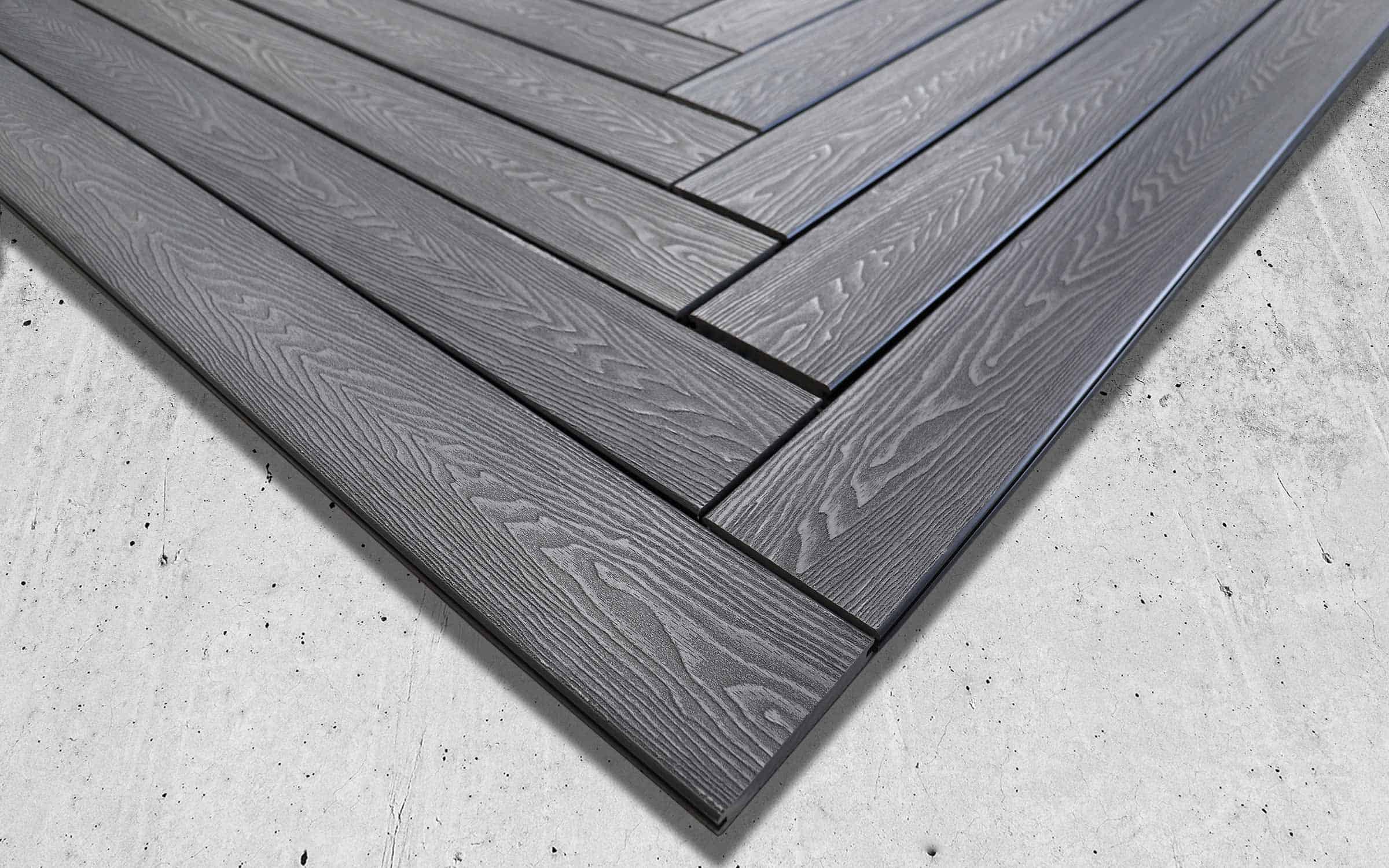
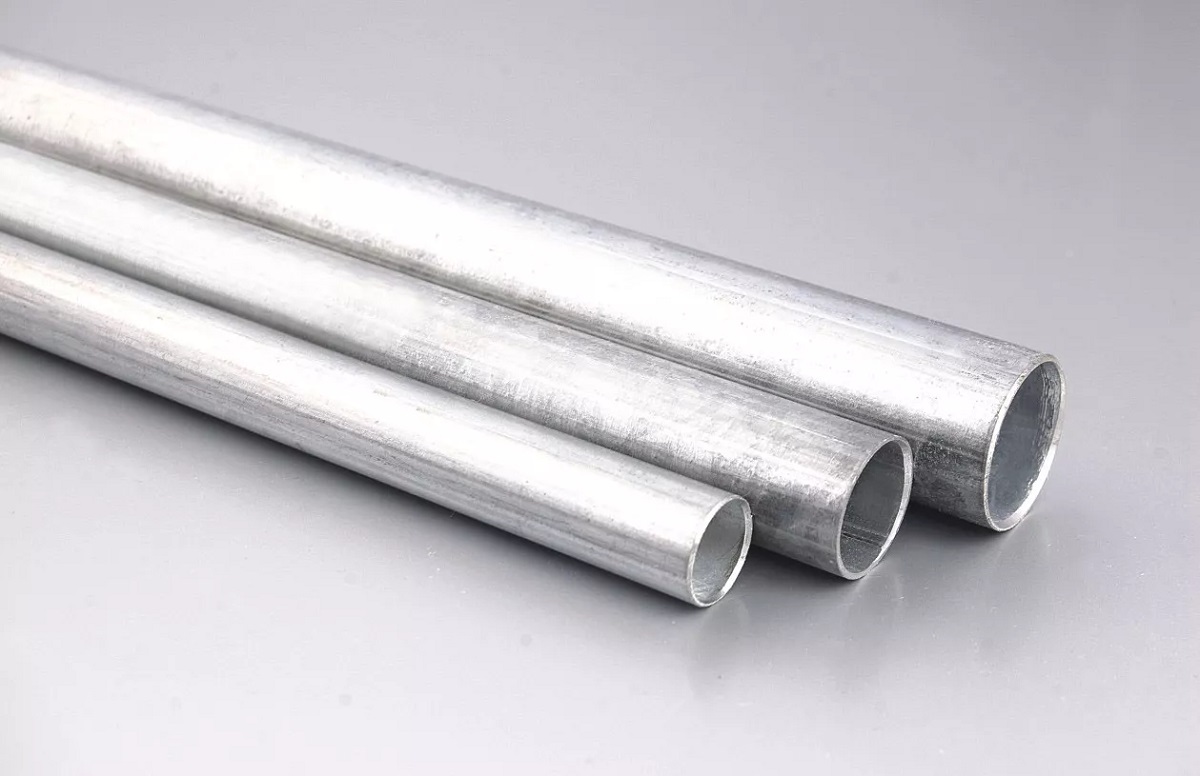
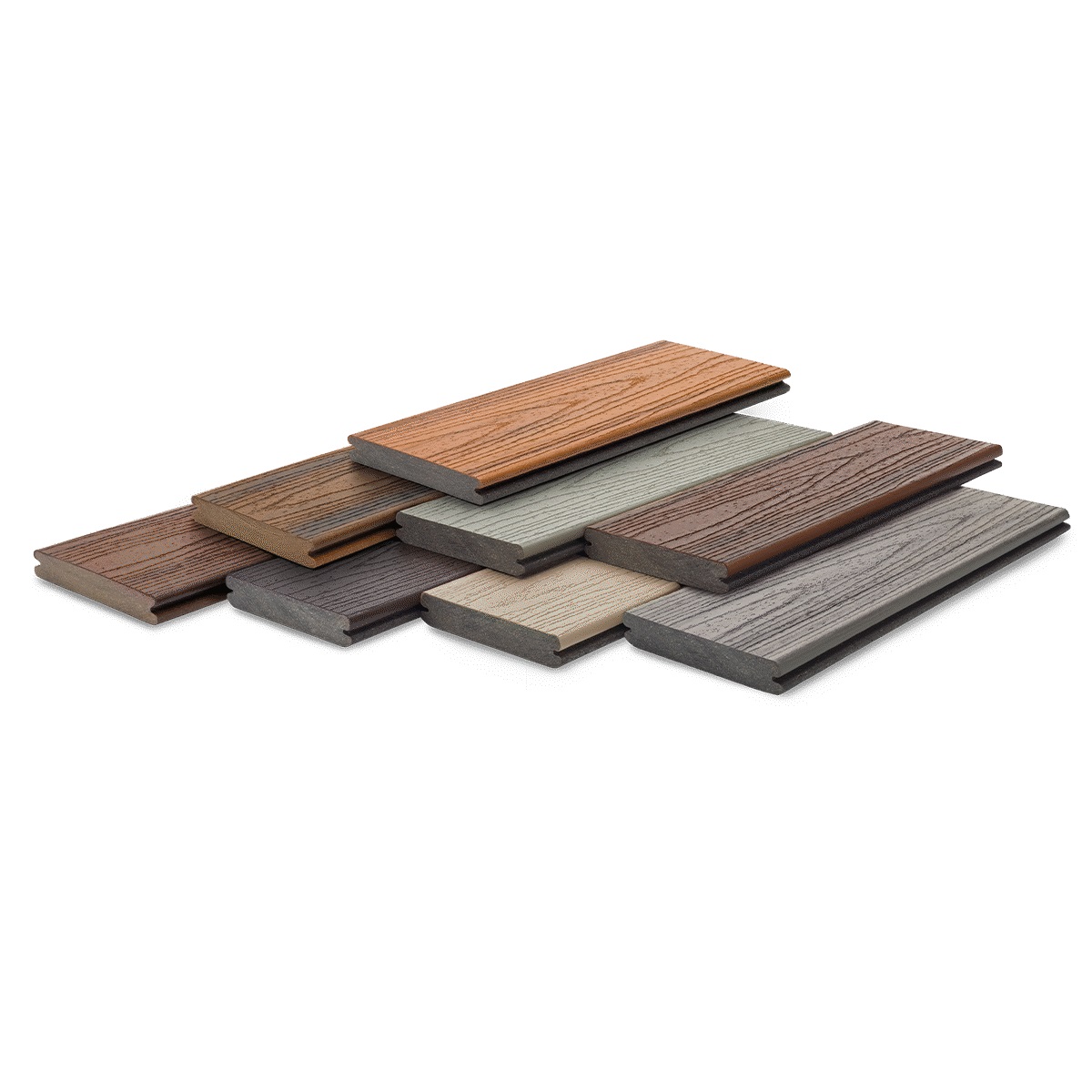
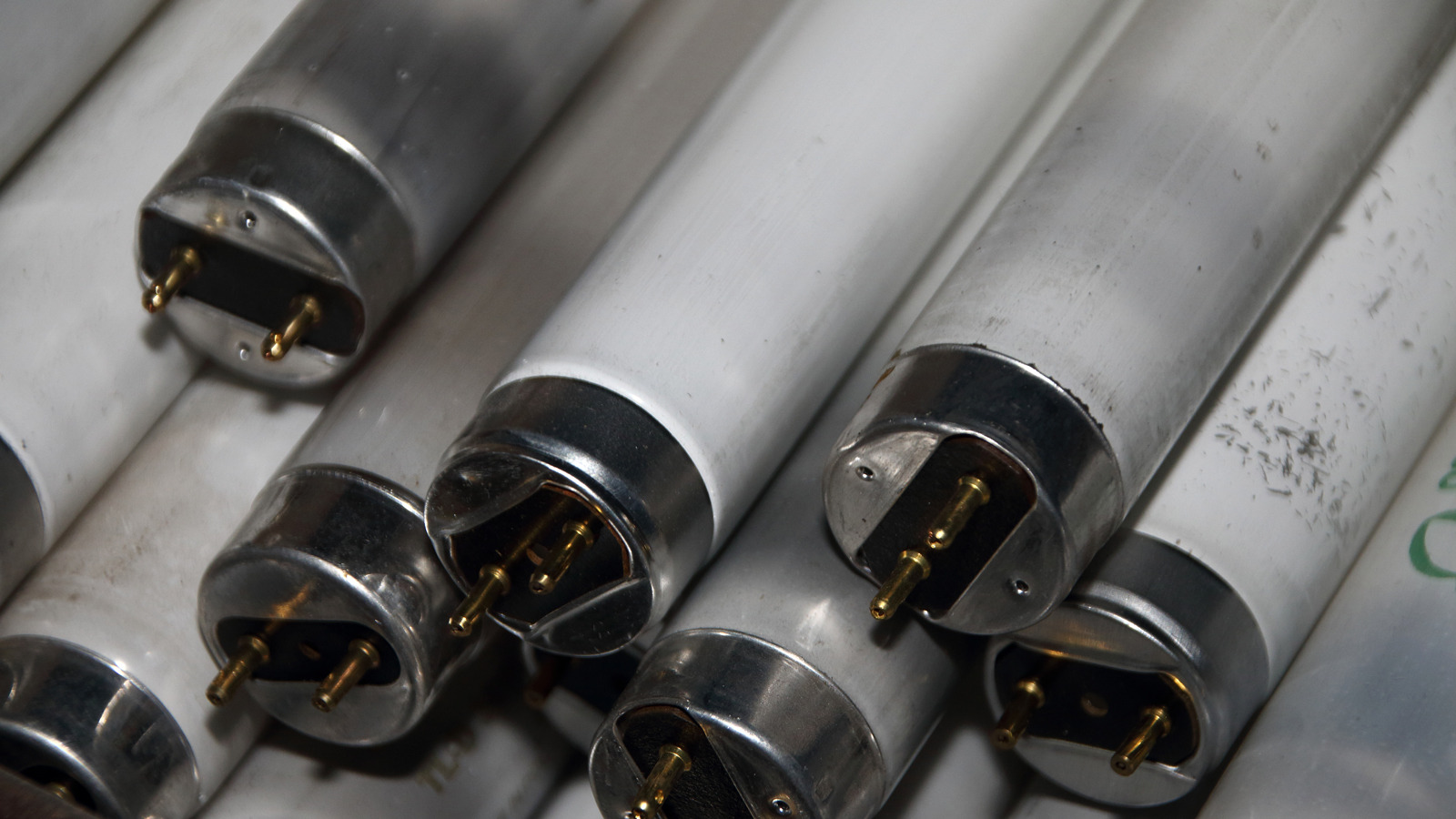
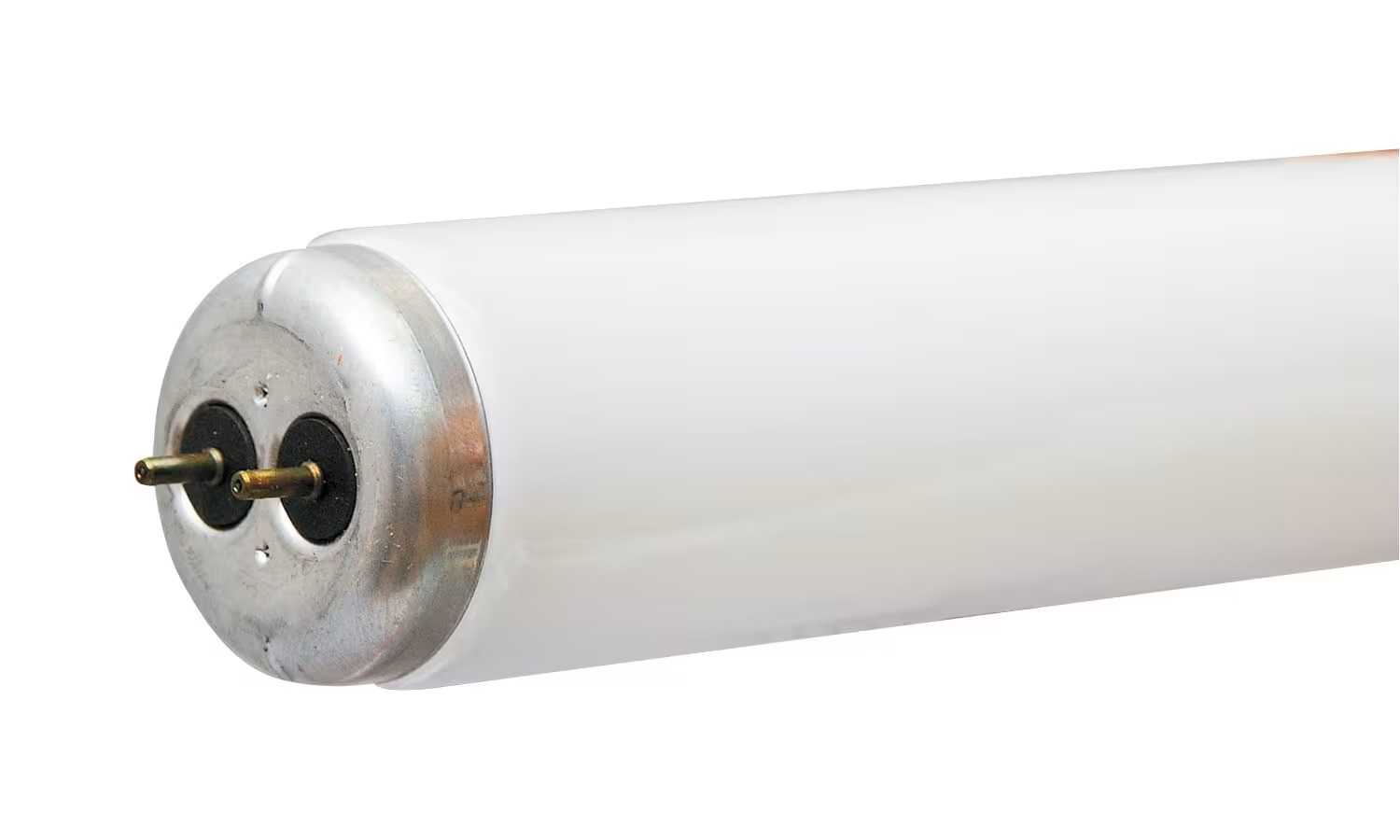
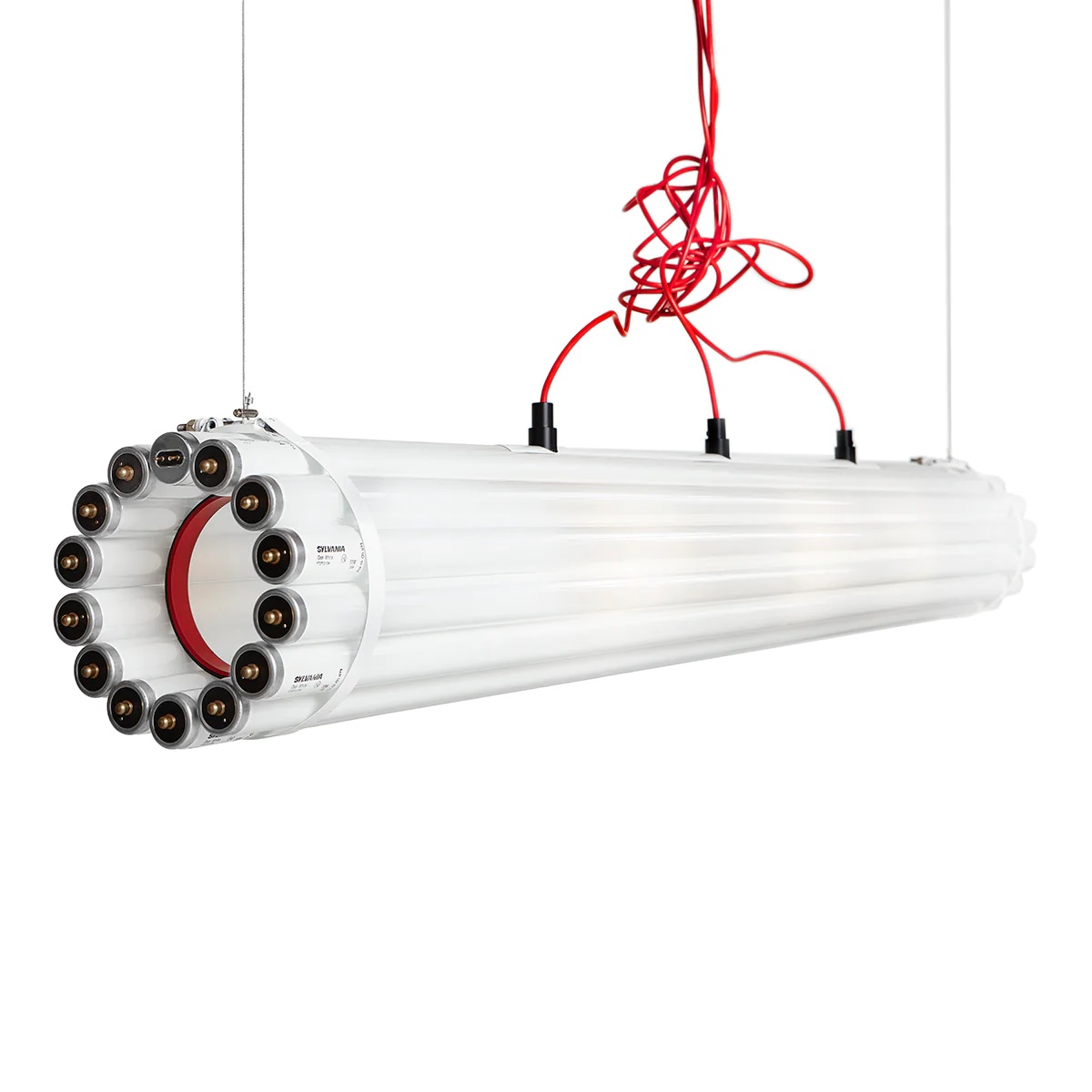
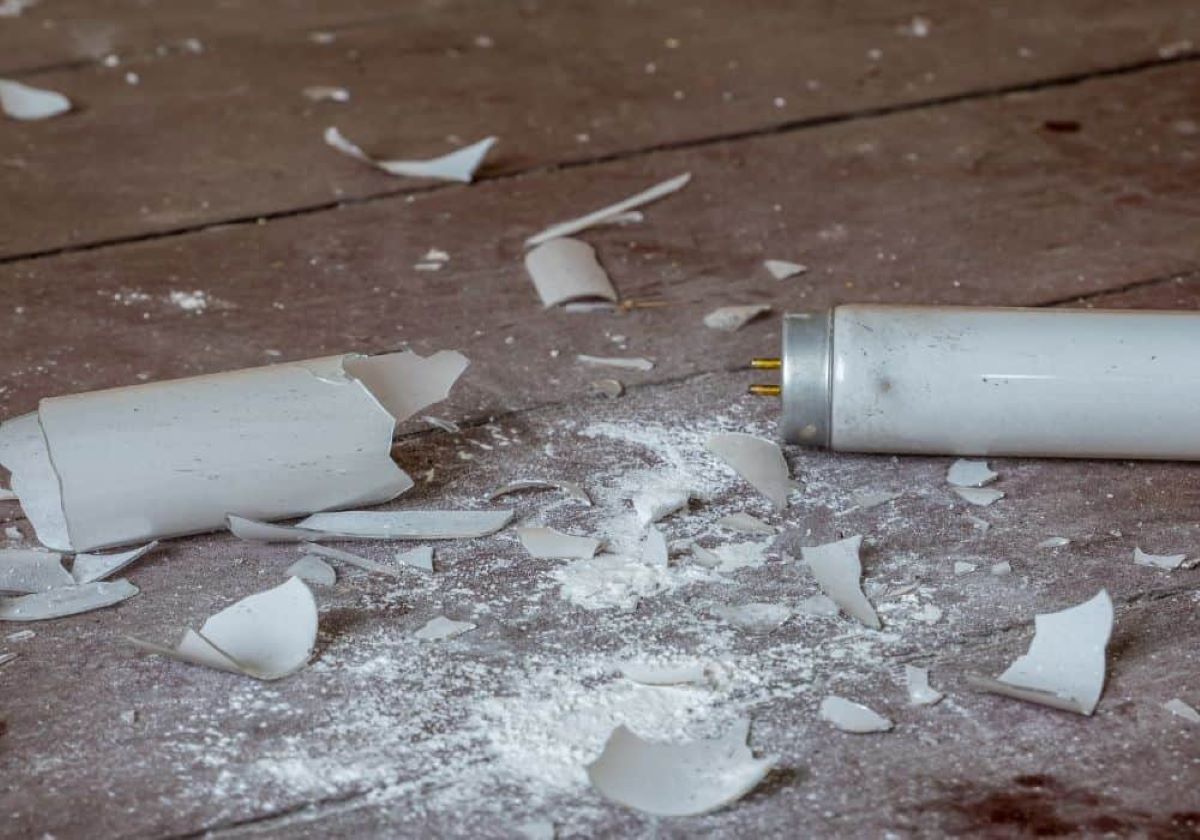
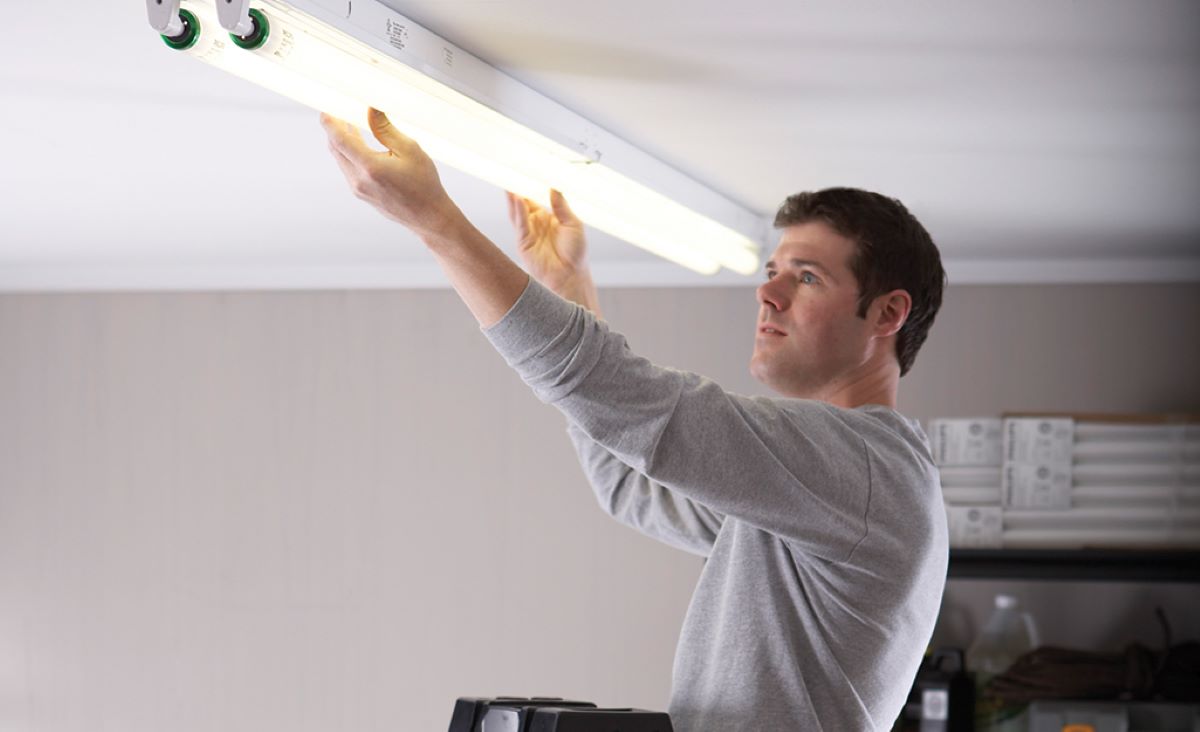

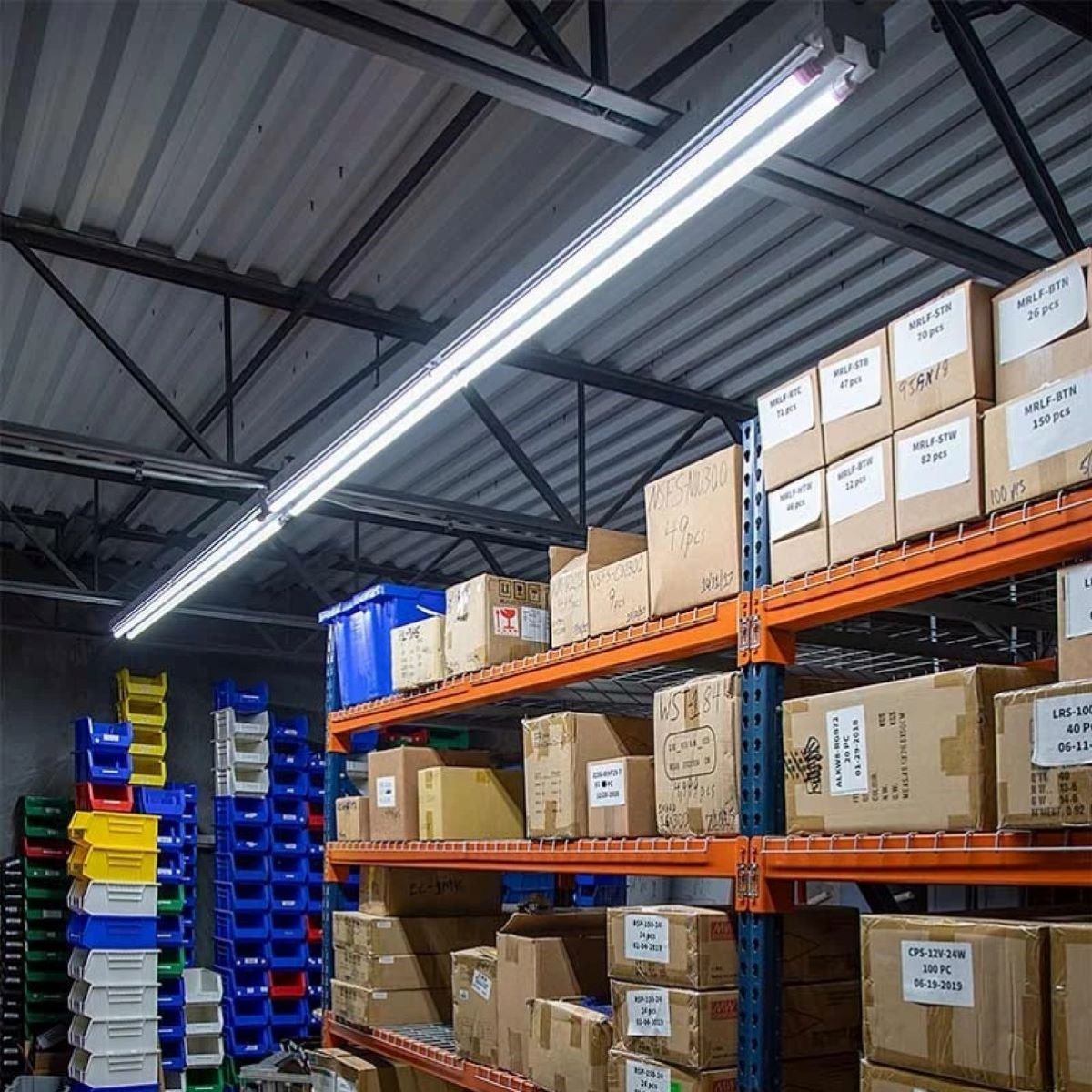

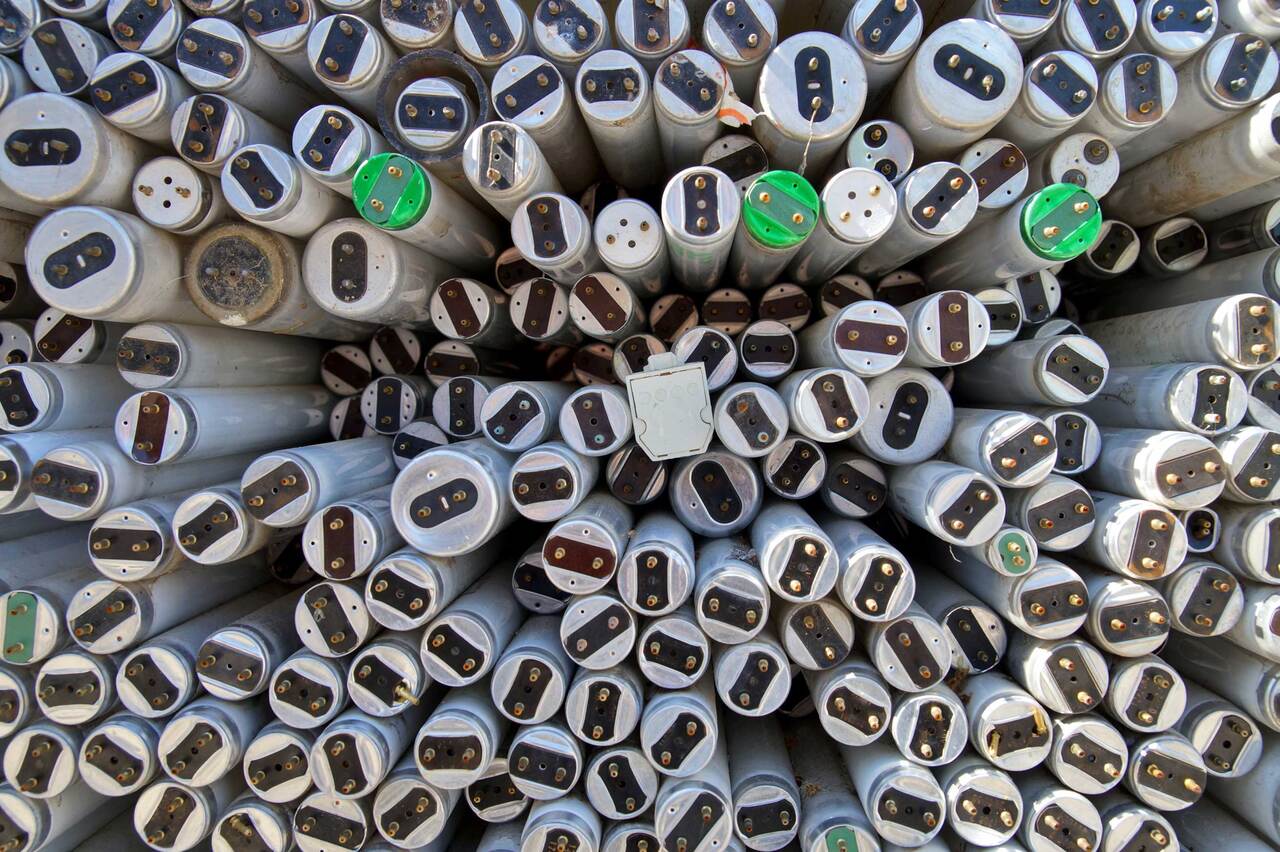
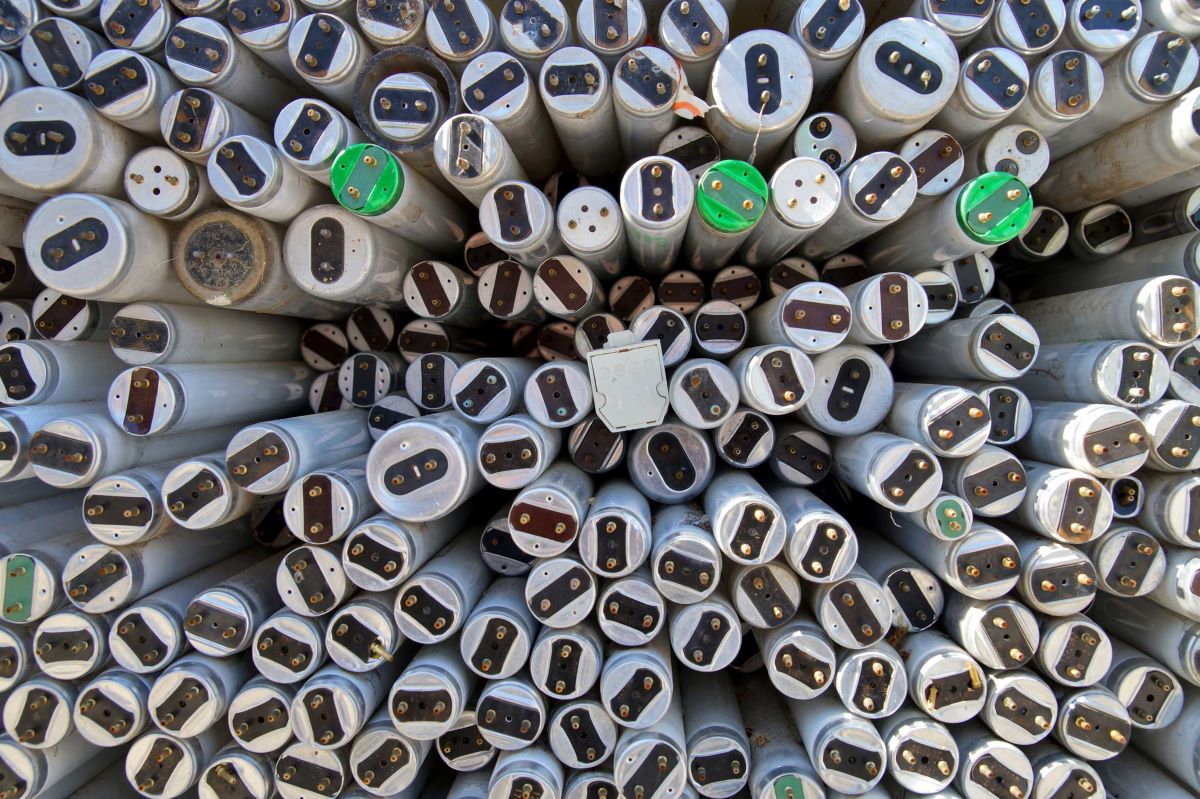
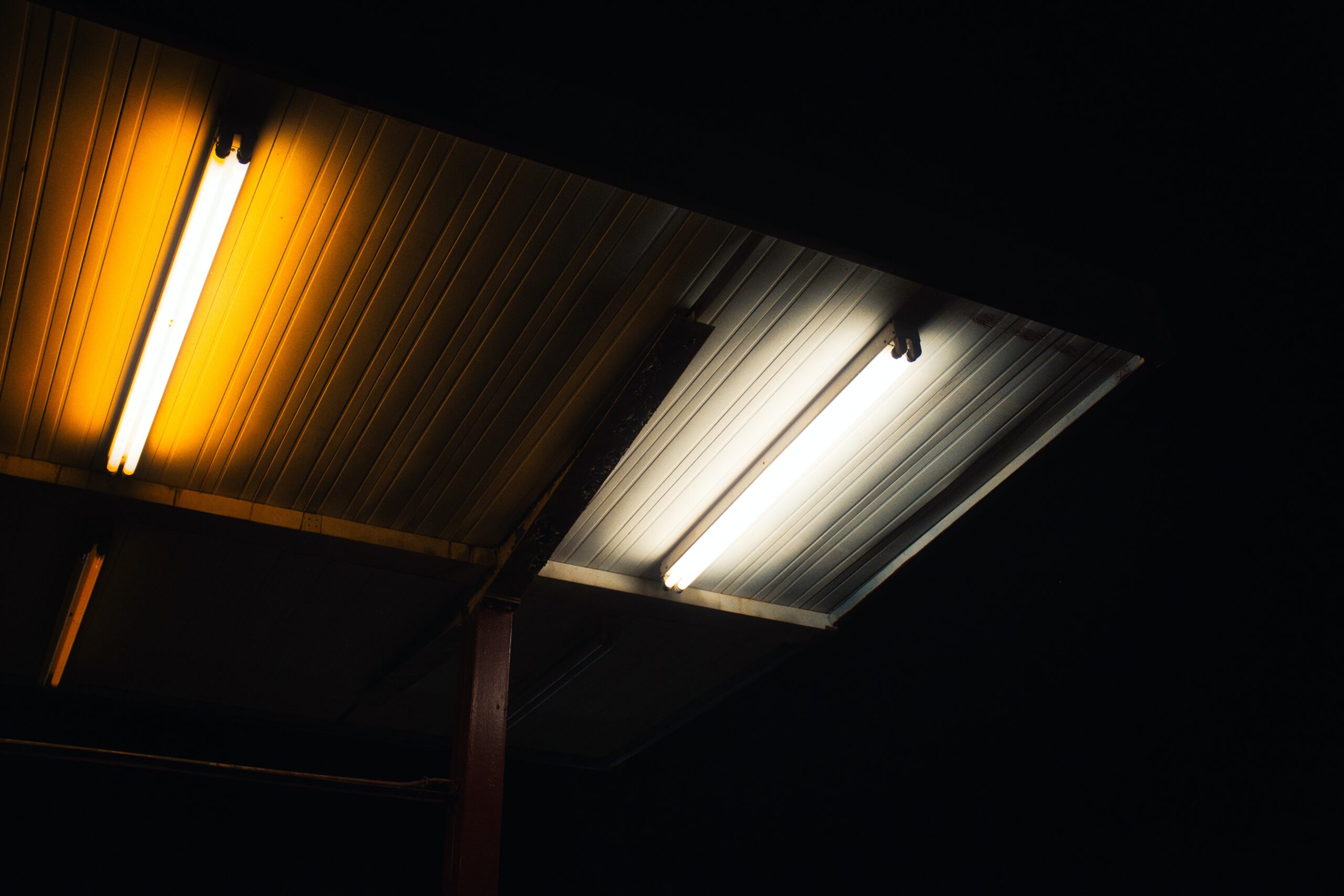

0 thoughts on “What Lengths Do Fluorescent Tubes Come In”